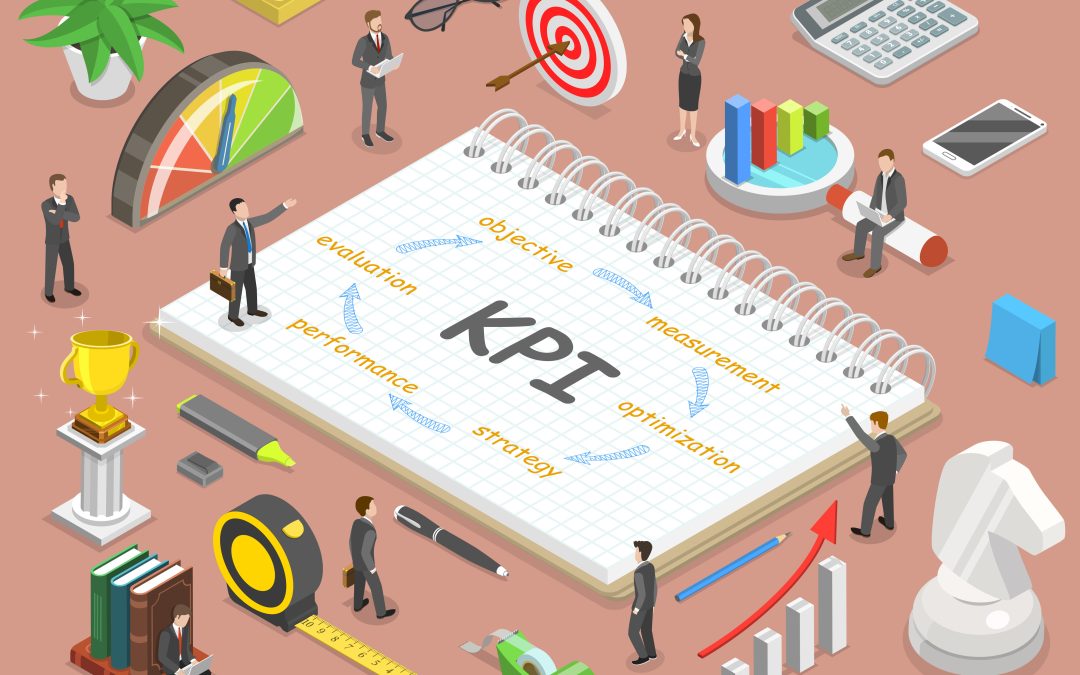
Who Needs to Submit an Incurred Cost Submission?
Who Needs an Incurred Cost Submission?
It is a few weeks into the new year, and you finally feel like you can breathe again. Your business’ financial statements are done, and your taxes are in progress. For the foreseeable future, it seems as though everything will be smooth sailing. That is until you get a reminder about an Incurred Cost Submission (ICS). Before the panic can set in, you remember that not every government contractor needs to submit an ICS. But how do you know whether you need to submit an Incurred Cost Submission?
Who Needs to submit an Incurred Cost Submission?
Government contractors with time and materials (T&M) or cost reimbursement contracts need to submit an incurred cost submission. Contracts that require the submission of an ICS will include the Federal Acquisition Regulation (FAR) clause 52.216-7. This clause requires the submission of an ICS six months after the fiscal year end. FAR 16.307 requires the inclusion of this clause in T&M and cost reimbursement contracts. If a contractor needs to submit an ICS late, an extension request to their contracting officer (CO) needs to occur. Also, an ICS must meet DCAA’s requirements, and their adequacy review.
Why does an Incurred Cost Submission need to be submitted?
Provisional billing rates (PBR) provide contractors with indirect cost rates to bill the government on T&M and cost reimbursement contracts. The PBRs are approximate rates of a contractor’s final rates. Since, PBRs are only estimates, they often differ from the final rate. The differing rates is why contractors must submit an incurred cost submission. An ICS establishes the final actual indirect cost rates. With the final rates, any under or over payments to the government becomes clear. Ultimately, the ICS provides a ‘true up’ of actual indirect costs to those billed using the PBR rates.
DCAA requires contractors with T&M and cost reimbursement contracts to submit an incurred cost submission. If you are unsure whether you need to submit an ICS, our team is here to help!
Originally written by Jamie M. Shryock, CPA
Updated and additional content provided by Elizabeth Partlow




